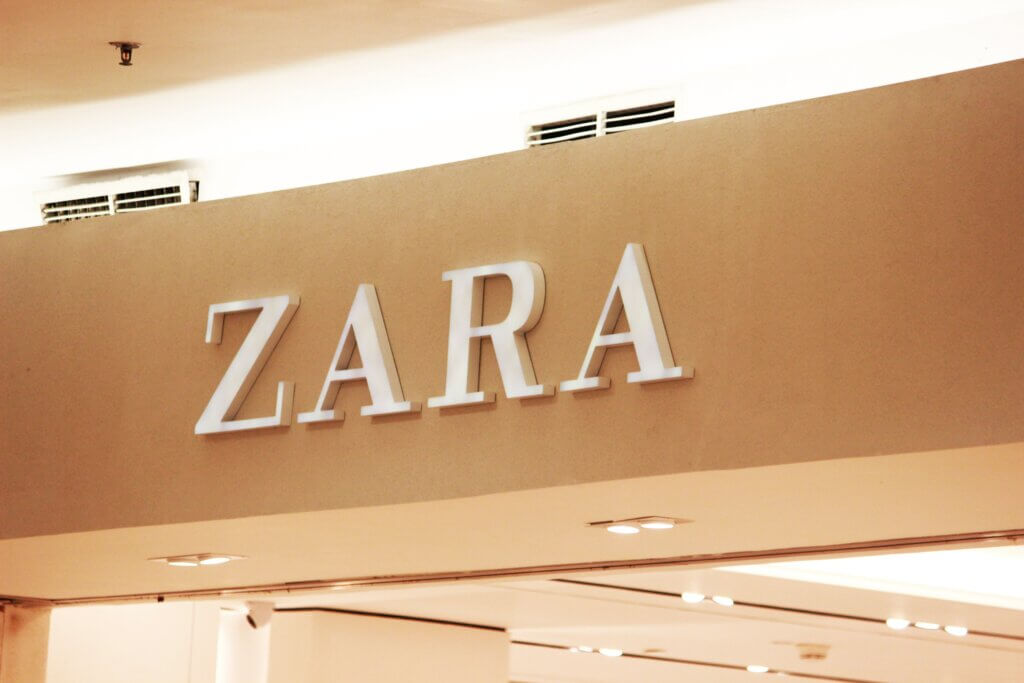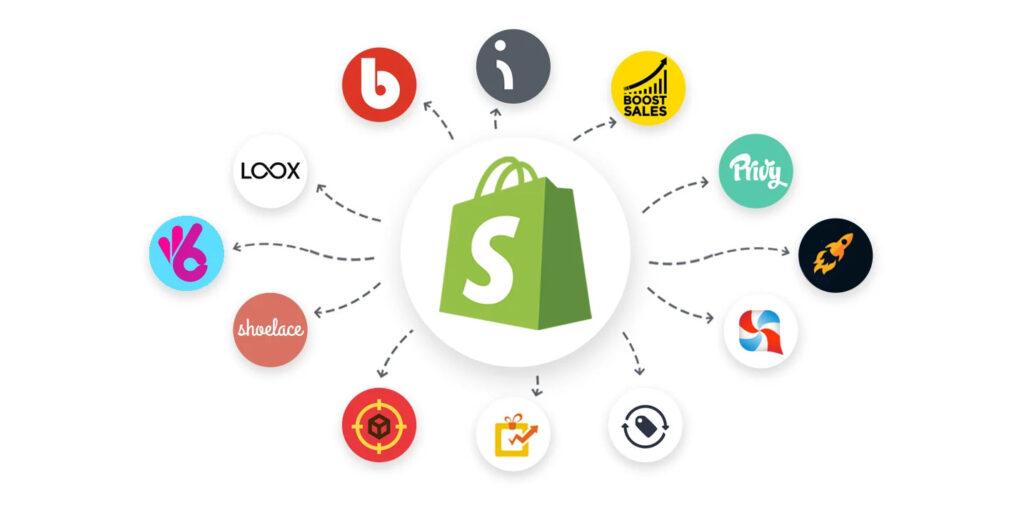Introduction to Zara and its Impact on the Fashion Industry
Zara has become a household name, synonymous with high-street fashion. With its ability to turn runway trends into accessible styles almost overnight, this Spanish retailer is reshaping how we think about clothing. Gone are the days when you needed deep pockets to dress like a celebrity. Zara’s innovative approach not only brings chic designs within reach but also keeps shoppers coming back for more.
The allure of Zara lies in its fast-paced environment and ever-evolving collections that cater to our insatiable desire for fresh looks without breaking the bank. Many fashionistas now find their perfect pieces—like those stunning Zara dresses under $50—through convenient online shopping or during the much-anticipated Zara sale events.
In an industry often criticized for excess and waste, Zara stands at a unique crossroads of style and sustainability. Let’s explore how this brand continues to influence global fashion while making strides toward responsible practices. From collaborations that keep it relevant to technology driving efficiency, we’ll uncover what makes Zara a trendsetter today and beyond.
The Fast Fashion Model: How Zara Keeps Up with Trends
Zara has mastered the art of rapid fashion evolution. The brand’s fast fashion model allows it to transform runway looks into retail offerings in mere weeks.
This speed is achieved through a streamlined supply chain and efficient design processes. As soon as trends emerge, Zara’s team springs into action, creating pieces that reflect the latest styles.
Their stores see new arrivals bi-weekly, keeping customers coming back for more. This constant influx creates an urgency; shoppers know they must act quickly or risk missing out on coveted items.
By analyzing customer feedback and sales data, Zara can make swift adjustments to its collections. This responsiveness helps maintain relevancy while catering directly to consumer desires.
The result? A unique shopping experience where high-fashion meets accessibility at competitive prices. Shoppers flock to find their next favorite outfit—often one that mirrors what they’ve seen on runways around the globe.
The Role of Technology in Zara’s Success
Technology is at the heart of Zara’s success. The brand leverages advanced software to analyze customer data and predict fashion trends in real-time. This insight allows them to create collections that resonate with shoppers almost immediately.
Zara employs a sophisticated inventory management system, ensuring popular items are restocked quickly. This agility keeps customers coming back for more, especially during peak seasons or sales events like the upcoming Zara sale 2025.
The integration of RFID technology streamlines operations from production to checkout. It helps track garments throughout their lifecycle, reducing loss and enhancing efficiency.
Online shopping experiences are also enhanced by technology. The user-friendly website and app provide seamless navigation, making it easy for consumers to find that perfect Zara dress under $50 at just a click away.
In-store innovations like interactive mirrors further bridge the gap between digital and physical shopping experiences, keeping Zara ahead of its competitors in high-street fashion.
Sustainable Practices at Zara: A Step Towards Responsible Fashion
Zara is increasingly stepping into the realm of sustainability, reshaping its practices for a more responsible future. The brand understands that fashion doesn’t have to come at the expense of the planet.
One significant initiative is their commitment to using organic and recycled materials. By 2025, Zara aims for all its collections to feature these sustainable fabrics. This shift not only reduces waste but also lessens dependency on virgin resources.
Additionally, Zara has introduced eco-friendly packaging solutions and recycling programs in stores. Shoppers can return old garments, promoting circularity within fashion.
The focus on transparency is another positive move. Customers are now able to trace the origin of their purchases through enhanced labeling initiatives.
As consumers become more environmentally conscious, Zara’s efforts reflect an understanding that style can coexist with sustainability while setting trends within high-street fashion.
Collaborations and Collections: Zara’s Unique Approach to Stay Relevant
Zara thrives on collaboration, partnering with renowned designers and artists to create exclusive collections. This strategy keeps their offerings fresh and exciting.
Limited edition releases generate buzz. Fans eagerly anticipate what’s next, often leading to sell-out success stories. Each collection showcases unique aesthetics that resonate with diverse audiences.
These collaborations allow Zara to merge high fashion with accessibility. Shoppers can snag a piece of luxury at an affordable price point without sacrificing quality.
Moreover, Zara’s ability to quickly adapt designs ensures they remain ahead in the competitive landscape. They tap into cultural moments and current trends seamlessly through these partnerships.
This dynamic approach not only reinforces brand loyalty but also attracts new customers who crave a taste of contemporary style without breaking the bank. The thrill of discovering something special fuels Zara’s ongoing relevance in high-street fashion.
Zara’s Influence on High-Street Fashion Trends Worldwide
Zara has undeniably shaped the landscape of high-street fashion globally. Its ability to translate runway styles into accessible collections resonates with shoppers everywhere.
From Paris to Tokyo, Zara’s designs are often seen on city streets within weeks of their debut at fashion shows. This rapid turnaround keeps fashion fresh and exciting for consumers eager to stay trendy.
The brand’s knack for tapping into cultural movements also amplifies its influence. Whether it’s a bold color palette or a unique silhouette, Zara captures what people want before they even know it themselves.
Moreover, the affordability factor plays a crucial role in its popularity. Shoppers can find stylish pieces like a chic Zara dress under $50 without breaking the bank.
As other retailers scramble to keep pace, Zara remains at the forefront of global trends, proving that fast fashion isn’t just about speed; it’s about understanding consumer desires too.
The Future of Zara and its Impact on the Fashion Industry
As we look ahead, Zara continues to carve its path in the ever-evolving landscape of fashion. The brand’s ability to adapt and respond to consumer demands sets it apart from competitors. With its commitment to innovation, it is poised to remain a leader in fast fashion.
Zara’s focus on technology will likely grow stronger. Enhanced online shopping experiences can be expected as e-commerce becomes even more integral for retailers. The recent surge in demand for sustainable practices indicates that Zara will continue striving toward responsible production methods while maintaining affordability.
The impact of this Spanish giant extends beyond retail; it’s shaping trends across global markets. As Zara introduces new collections regularly, shoppers worldwide eagerly await what’s next. Limited-time drops create urgency and excitement, making each visit—whether online or at a store—a fresh experience.
With sales events like the anticipated Zara sale 2025 approaching, consumers are drawn not just by price but the thrill of finding high-quality pieces without breaking the bank. A stunning dress under $50 can transform an outfit into something extraordinary.
This combination of accessibility and trendsetting keeps Zara firmly positioned as a beacon within high-street fashion, influencing both other brands and consumer choices alike. As we navigate through changing styles and values in society, one thing remains certain: Zara will play an essential role in defining how fashion evolves moving forward.




















